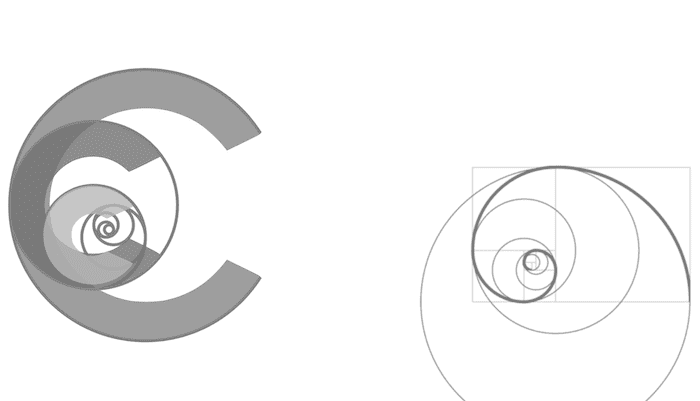Peripheral Intravenous Cannula
OVERVIEW
- Peripheral intravenous cannulae aka “venflon”
USE
- IV fluid administration
- blood sampling
- drug administration
- needle thoracostomy for tension pneumothorax
- needle cricothyroidotomy
DESCRIPTION
- different devices and brands available with different lengths and diameters.
- commonly 14–24 Gauge.
- plastic cannula (PTFE or similar material) mounted on a smaller-diameter metal needle, the bevel of which protrudes from the cannula.
- flashback chamber that fills with blood when the vein is successfully cannulated.
- standard Luer-lock fitting for attaching a giving set so fluids/drugs can be administered.
- safety features that allow the needle to be retracted inside the cannula and be disposed of in one piece.
METHOD OF INSERTION/ USE
- superficial veins of the upper limbs are preferred.
- veins are filled by use of a tourniquet and the vein immobilised by finger traction on the adjacent skin.
- cannula is held at ~20° to the skin and the vein punctured
- needle is inserted far enough that the tip of the cannula also enters the vein (i.e. advance 1-2 mm following flashback)
- cannula is advanced and the needle pulled back.
- needle is disposed of in a sharp container once the cannula is advanced to the hub
- PIVC is secured with adhesive dressing
COMPLICATIONS
- Failed cannulation
- Haematomas/damage to underlying structures
- Extravasation of fluids/drugs
- Thrombophlebitis
- Insertion site infection
- Septicaemia
- Inadvertent arterial puncture
- operator needlestick injury
OTHER INFORMATION
- Flow is determined by size and diameter of the cannula (see gas cylinders and Hagen–Poiseuille equation). For resuscitation short, wide-bore cannulae provide the most rapid infusion rate.
- Gauge is used to describe needles – larger Gauge corresponds to smaller needle diameter
- French catheter scale (French Gauge) describes catheters – larger French size corresponds to larger catheter diameters (1Fr = 0.33 mm)
- Cannula is a term used for catheters 7 cm or less in length
Replacement of peripheral cannulae
- Many centers have a policy of routine replacement of peripheral IV cannula at 72-96h (with the intention of decreasing complications such as infection)
- Replacement causes additional discomfort to patients and is non-trivial in patients with difficult IV access
- According to the Cochrane review of the topic, there is no evidence to support changing catheters every 72 to 96 hours
- The insertion site should be inspected at each shift change and the cannula removed if there are signs of inflammation, infiltration, or cannula blockage
References and Links
Journal articles
- Webster J, Osborne S, Rickard CM, New K. Clinically-indicated replacement versus routine replacement of peripheral venous catheters. The Cochrane database of systematic reviews. 4:CD007798. 2013. [pubmed]

Critical Care
Compendium
Chris is an Intensivist and ECMO specialist at The Alfred ICU, where he is Deputy Director (Education). He is a Clinical Adjunct Associate Professor at Monash University, the Lead for the Clinician Educator Incubator programme, and a CICM First Part Examiner.
He is an internationally recognised Clinician Educator with a passion for helping clinicians learn and for improving the clinical performance of individuals and collectives. He was one of the founders of the FOAM movement (Free Open-Access Medical education) has been recognised for his contributions to education with awards from ANZICS, ANZAHPE, and ACEM.
His one great achievement is being the father of three amazing children.
On Bluesky, he is @precordialthump.bsky.social and on the site that Elon has screwed up, he is @precordialthump.
| INTENSIVE | RAGE | Resuscitology | SMACC
